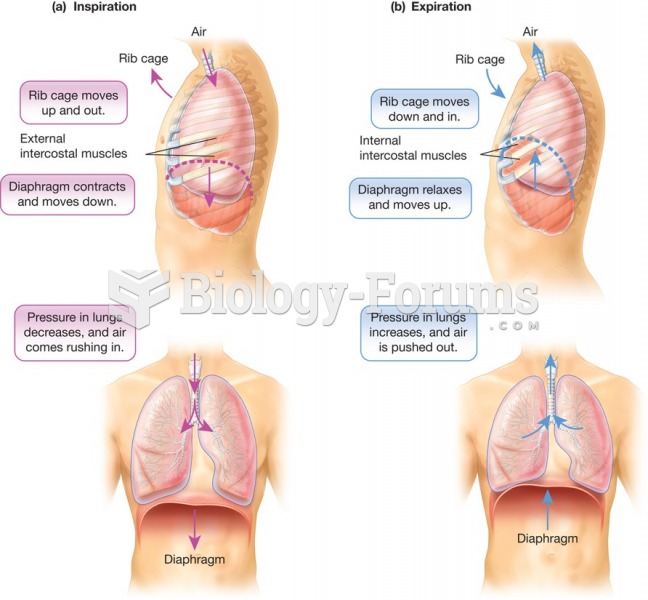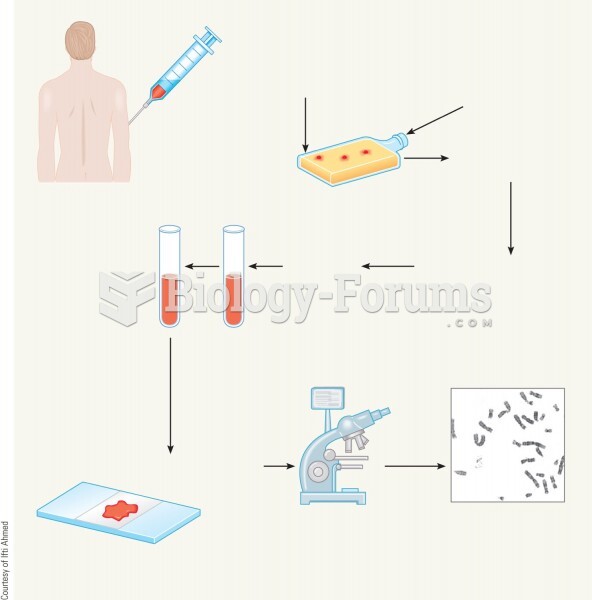Answer to Question 1
ANS: 4
It must be very difficult to have this happen to you is an example of using the therapeutic communication technique of sharing empathy. Why are you so upset today? is an example of a nontherapeutic communication technique of asking for explanations. I'm sure that everything will be all right is an example of a nontherapeutic communication technique of giving false re-assurance. You shouldn't cry. The wound will heal soon is an example of a nontherapeutic communication technique of giving disapproval.
Answer to Question 2
ANS: 1
I'm not sure that I understand what you mean by that statement is correct. Clarifying is when the nurse checks whether understanding is accurate by restating an unclear message to clarify the sender's meaning, or by asking the other person to restate the message, explain further, or give an example of what the person means. This response indicates the nurse wants to clarify what the client is saying so he or she can have an accurate understanding of what the client means. The ECG records information about your heart's electrical activity is an example of providing in-formation, not clarification. Let's look at the problem you have had with your medication when you were home is an example of focusing, not clarification. What's your biggest concern relat-ed to your hospitalization at the moment is an example of sharing empathy.







